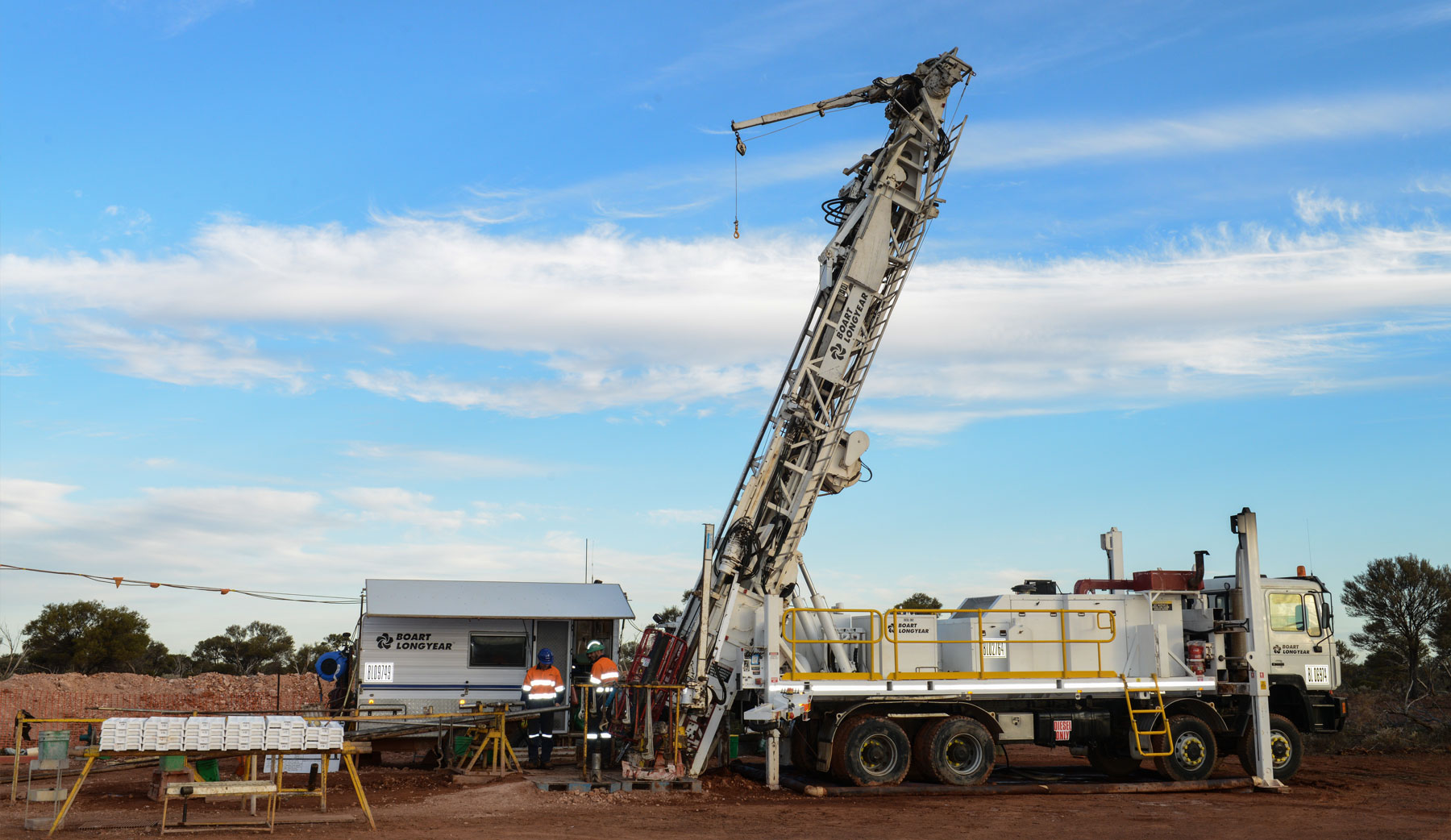Directional drilling has emerged as a revolutionary technique in the field of resource extraction, transforming how industries extract and utilize natural resources. visit -edge method enables operators to bore at multiple angles and depths, allowing access to sources that were previously deemed unreachable. As the international demand for energy, construction, and resources continues to escalate, understanding the basics of directional drilling becomes increasingly crucial for stakeholders and enthusiasts alike.
In this article, we will investigate the development of directional drilling technology, its diverse applications across sectors such as petroleum, utility services, and alternative energy, and the significant benefits it offers over traditional drilling methods. From minimizing environmental impact to enhancing productivity, directional drilling represents a key shift towards more eco-friendly resource management practices. Join us as we dive into this captivating world and discover the complexities and advantages of directional drilling.
Comprehending Directional Borehole Techniques
Directional drilling is a sophisticated drilling technique that enables operators to create wells that stray from the vertical path. Differently from traditional vertical drilling, which goes vertically down to the target, directional drilling can navigate around obstacles and get to more subsurface resources. This method is particularly valuable when drilling in urban areas or ecologically locations where surface disruption should be reduced.
One of the main benefits of directional drilling is its capacity to access multiple resources from a single drilling site. By extending laterally from a vertical wellbore, operators can efficiently extract resources from a broad area without the need for numerous drilling locations. This efficiency not only cuts costs but also lessens the environmental impact, making it a essential technique in sustainable resource management.
In the realm of multiple industries, directional drilling plays a important role in petroleum exploration, utility placement, and even renewable energy projects. The capability to control the drill path with exactness opens up additional possibilities for accessing remote resources while ensuring security and compliance with environmental regulations. As technological advancements evolves, the applications and benefits of directional drilling continue to increase, strengthening its importance in modern construction development.
Advantages and Uses
Directional drilling techniques offers considerable benefits over traditional drilling methods, making it an appealing choice for various fields. One of the primary benefits is the capacity to decrease surface disturbances. By enabling drilling at inclines, operators can bypass sensitive areas and reduce the harm to the environment associated with surface-level work. This capability also results to less land disturbances, which is ever important in urban settings and ecologically sensitive locations.
The implementations of directional drilling are broad, spanning the oil and gas sector to service installation and renewable energy initiatives. For example, in the petroleum industry, directional drilling allows for accessing hard-to-reach reserves while maintaining a reduced surface impact. Similarly, when installing pipelines, this drilling method can steer under obstacles like waterways and streets without the need for major excavation, thus maintaining existing structures and minimizing community disruption.
In addition, the methodology is evolving with improvements that enhance its performance and capability. From advanced bore tracking and tracking tools to the integration of AI and robotics, these advancements are assisting to tackle common challenges in drilling projects. The focus on accuracy and exactness not only streamlines operations but also encourages the shift toward green infrastructure, aligning with current sustainability criteria and methods.
Future Developments in Directional and Horizontal Drilling
The future of directional drilling is set to be influenced by progress in technological advancements and innovation. As industries demand more efficient and precise drilling methods, the incorporation of AI and machine learning will transform how drilling operations are designed and executed. Predictive analytics can help foreseeing issues, enabling companies to make data-driven decisions that enhance safety and reduce costs. This technological leap will also enable real-time monitoring, ensuring that drilling processes remain on track and within set parameters.
In furthermore to artificial intelligence, the role of automation in directional drilling is increasingly important. Automated drilling systems can improve operations by modifying drilling parameters in the moment to adapt to varying geological conditions. This not only enhances drilling efficiency but also reduces human error, resulting in more reliable outcomes. As these automated systems develop, we can anticipate to see a decrease in operational costs and an improvement in project timelines, making directional drilling even more attractive for a range of applications.
Moreover, the movement for eco-friendly practices will propel developments in directional drilling. The emphasis on minimizing environmental impact will lead to the development of new drilling fluids and methods that minimize surface disruption. Companies will increasingly favor eco-friendly solutions, such as using biodegradable materials and techniques that preserve sensitive ecosystems. As the sector progresses toward more sustainable practices, directional drilling will serve a critical role in ensuring that resource extraction and utility installation conform with sustainability goals.

